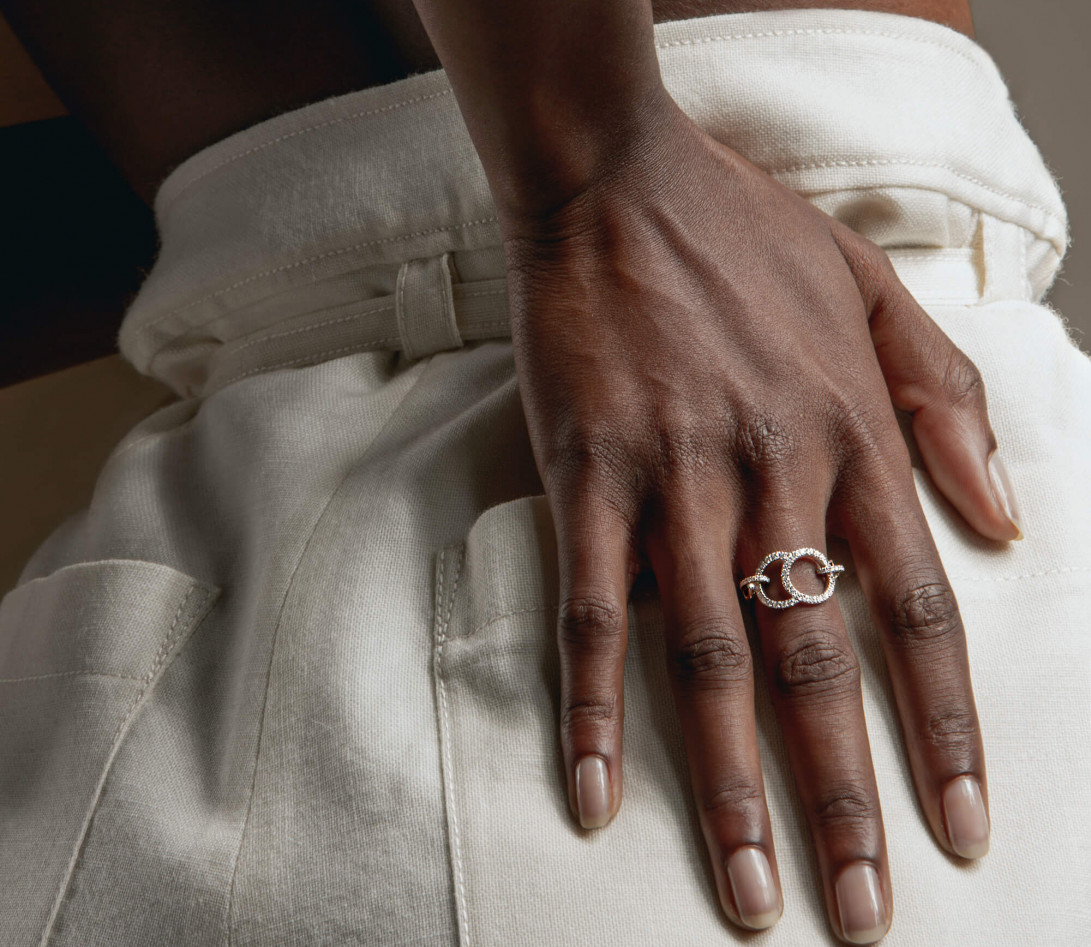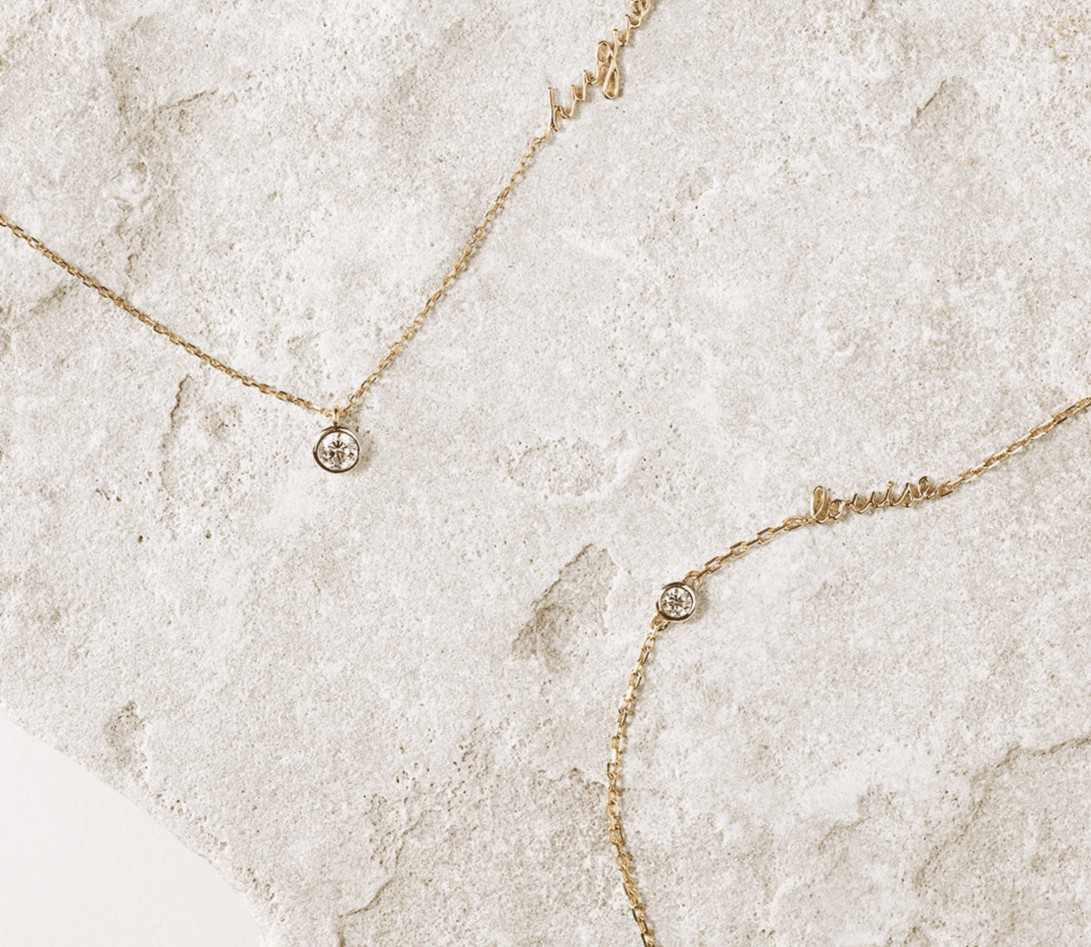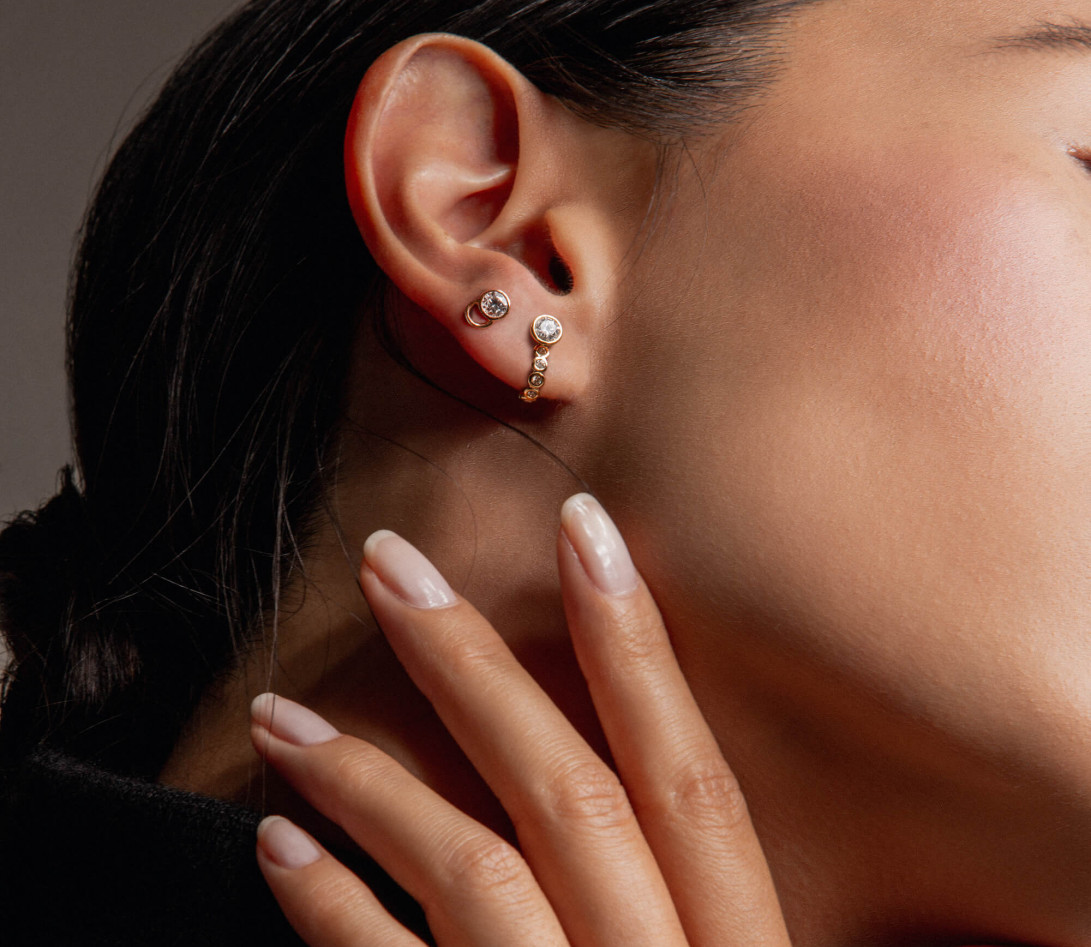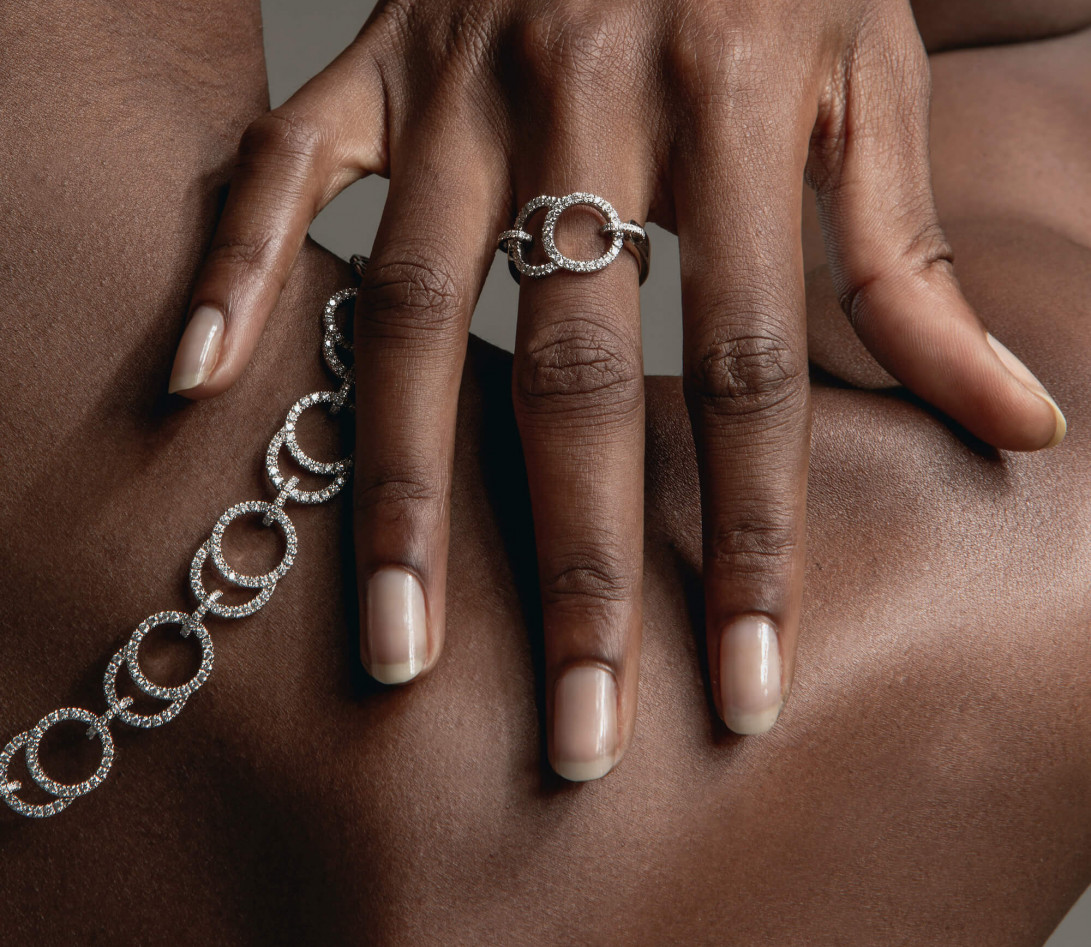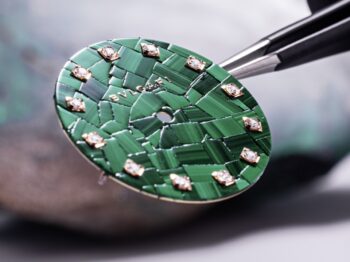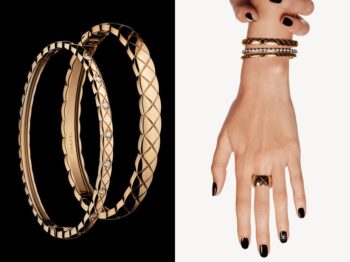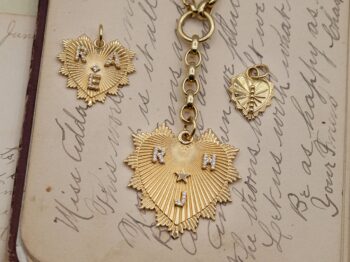Prized by the new generation who wish to make the purchase of a piece of jewelry an act of commitment, lab-grown diamonds are becoming increasingly popular. To learn more about it, we went to meet Courbet, a pioneer in the field of ecological jewelry.
Does a diamond created in a laboratory have the same characteristics as a mine diamond?
Yes, a diamond is a pure body, composed exclusively of carbon. Whether it is a mine or a laboratory diamond, its chemical composition and aesthetic properties remain the same.
Does the 4C rule also apply to laboratory diamonds?
Yes, the quality of a diamond is determined and certified according to a harmony between four inseparable criteria established by the International Gemmological Institute and called 4C: Carat, Cut, Color, Clarity. Laboratory diamonds are no exception to this international classification rule, which attests to their quality.
How is a lab-grown diamond created?
Two production methods are possible: HPHT (High Pressure, High Temperature), which reproduces the conditions in which diamonds were formed millions of years ago in the bowels of the Earth, and CVD (Chemical Vapor Deposition), which reproduces the conditions in which diamonds are formed in the cosmos (diamonds have been found in meteorites).
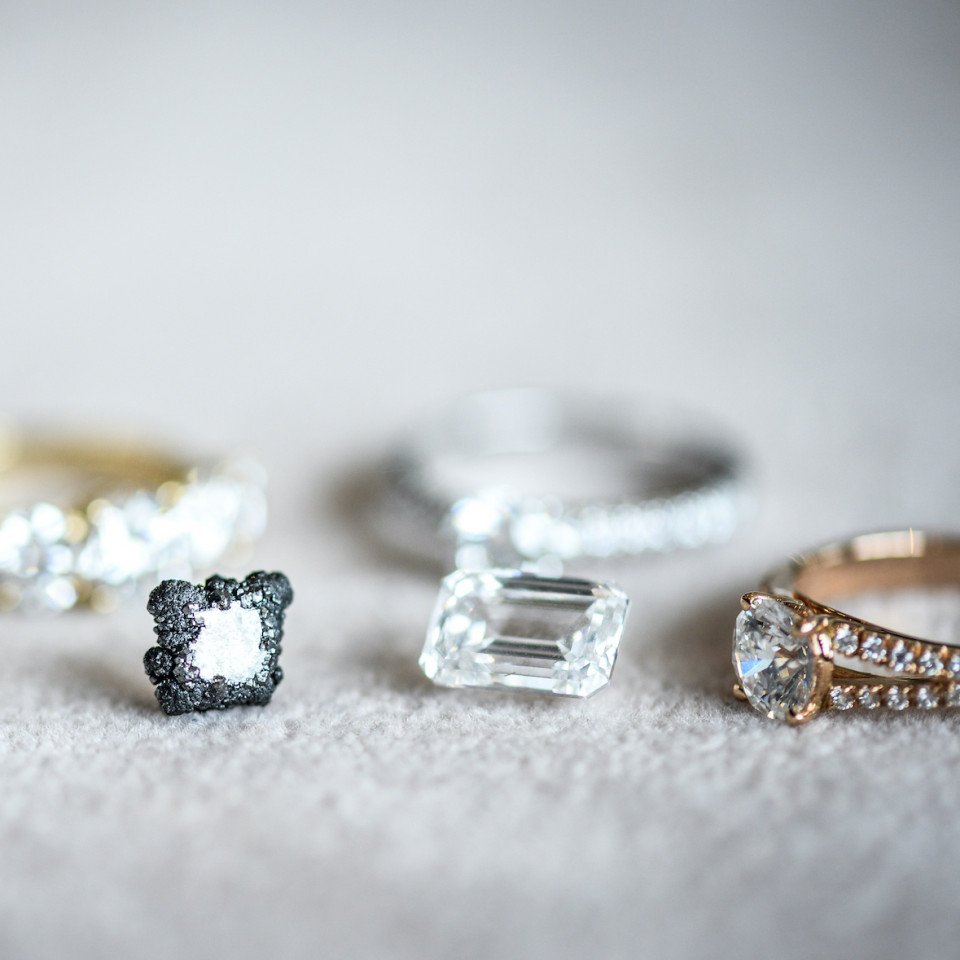
What makes Courbet diamonds special?
The company selects only D, E and F color diamonds of the highest possible quality. They are therefore exceptional stones. In addition, Courbet buys its diamonds primarily from producers certified by SCS Global, which is an extremely demanding global sustainability standard specific to diamonds.
Where are your synthetic diamonds produced?
Our first partner is Diam Concept, since it is located in France and allows us to have a very short supply chain. Then, we mainly buy from laboratories located in the United States and Israel. Until recently, we worked with a Russian laboratory, particularly for the production of large diamonds, but due to the current situation we have been obliged to break off this partnership temporarily.
Is a lab-grown diamond more environmentally friendly?
Yes, it is. As we regularly point out, studies revealing the carbon footprint of mined diamonds are very heterogeneous in terms of results, and consensus on precise figures is difficult to reach. However, our Bilan Carbone carried out by Climate Seed revealed that 1 carat of French cut diamond emits 20 kg of CO2, which is very low. Knowing that for the same size, a company using mined diamonds would emit at least 5 times more CO2 over a year, this gives an idea of the gap between the two types of diamonds.
Our selection of favorite pieces at Courbet:
